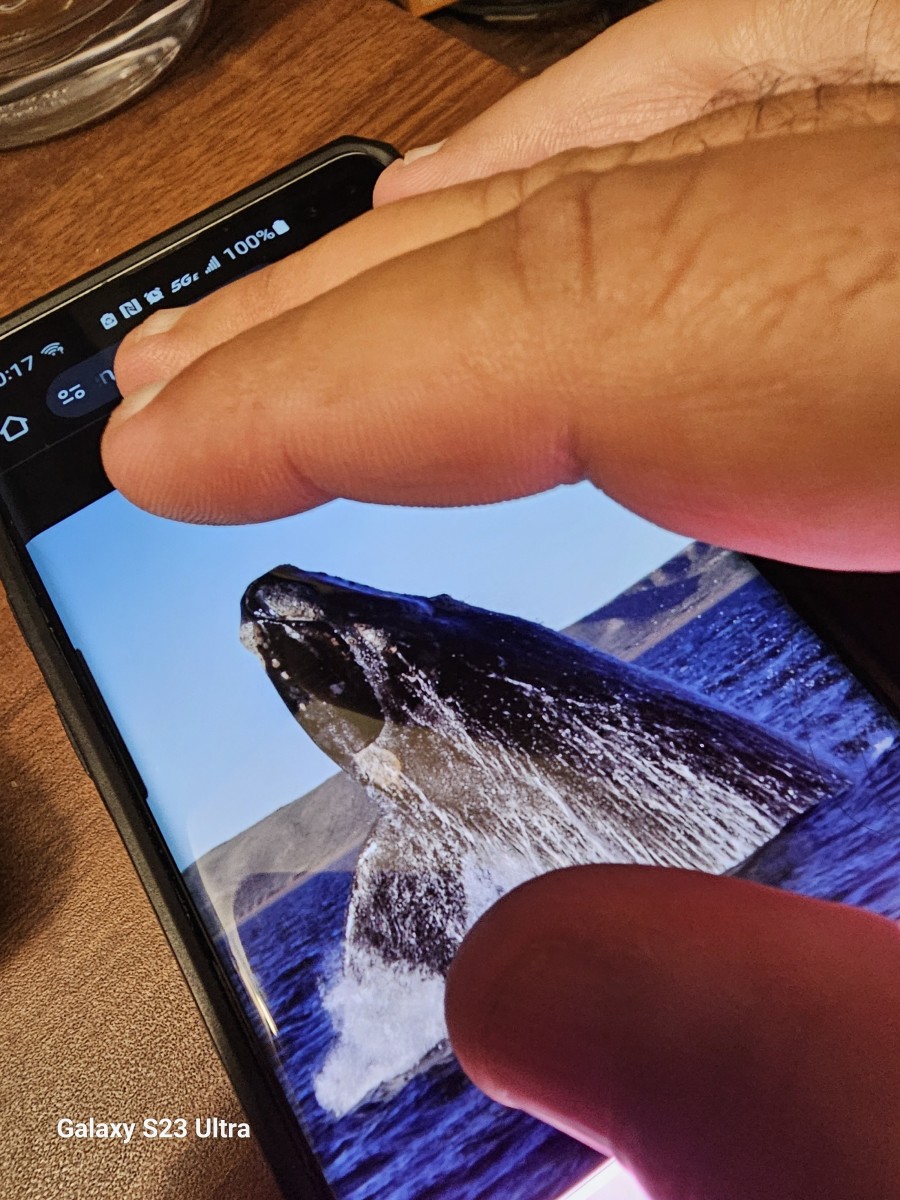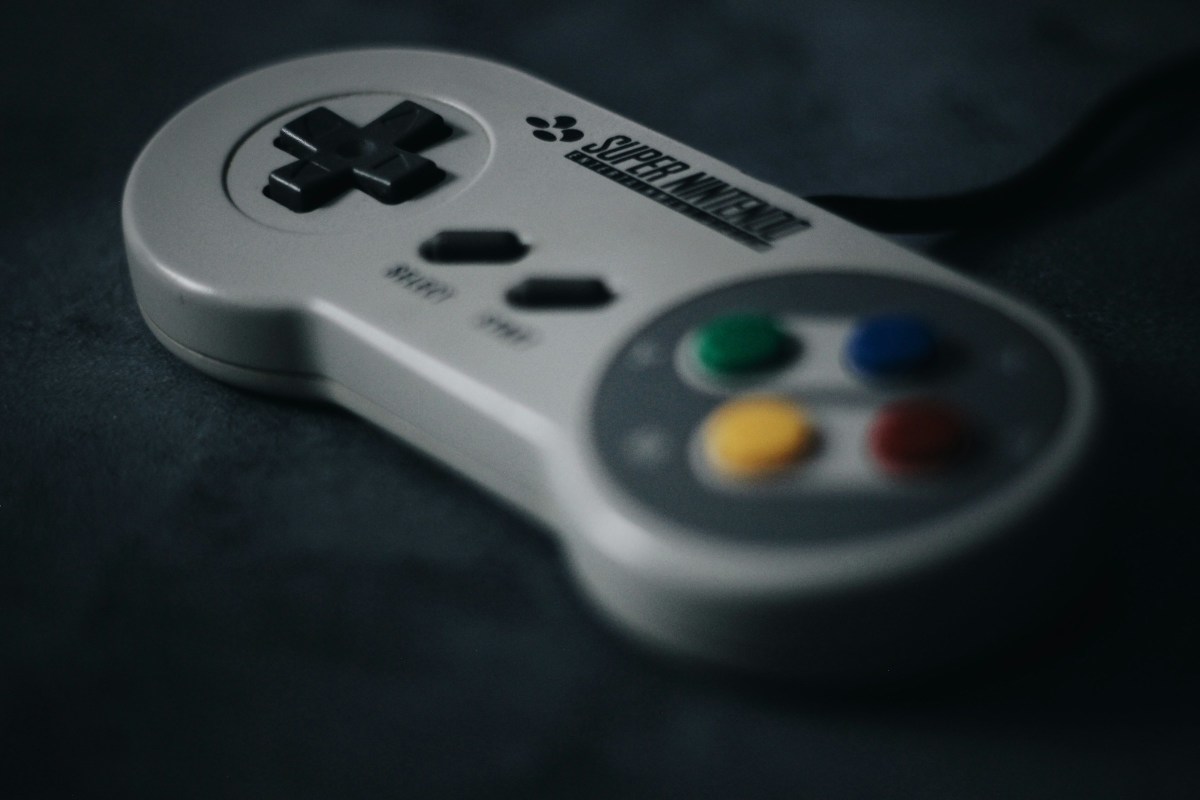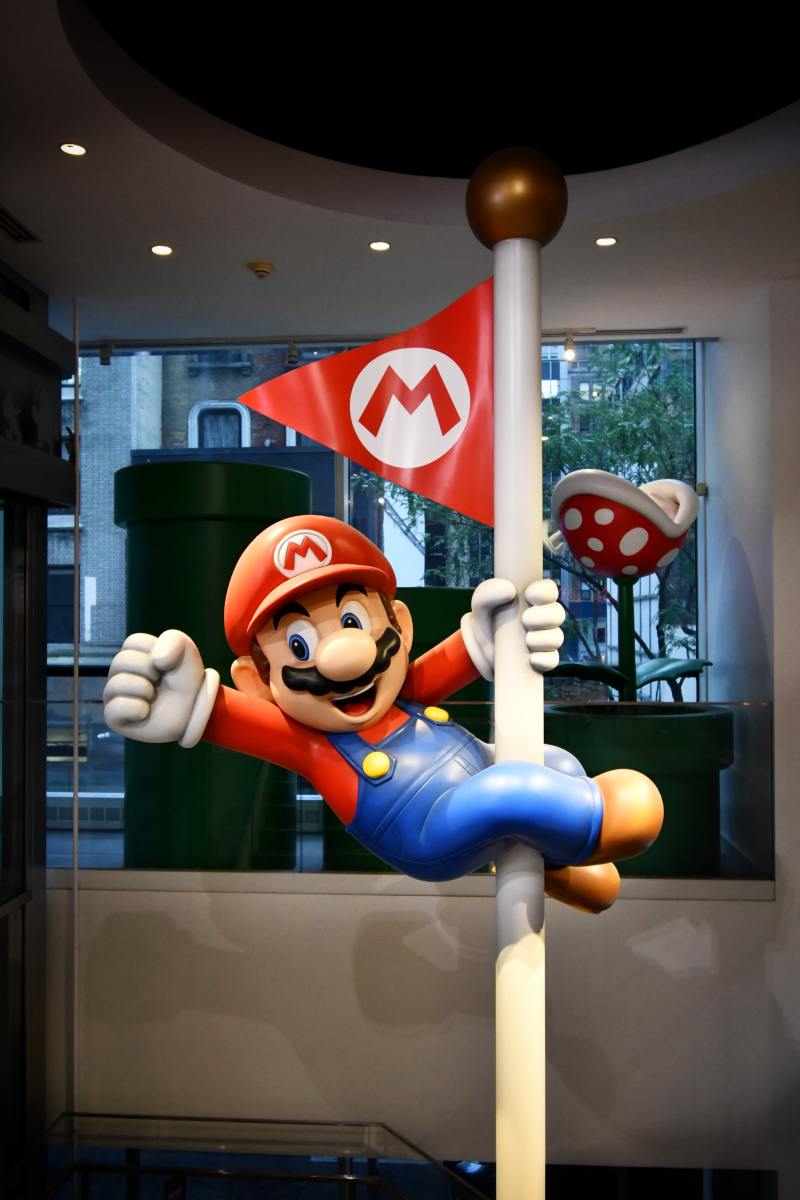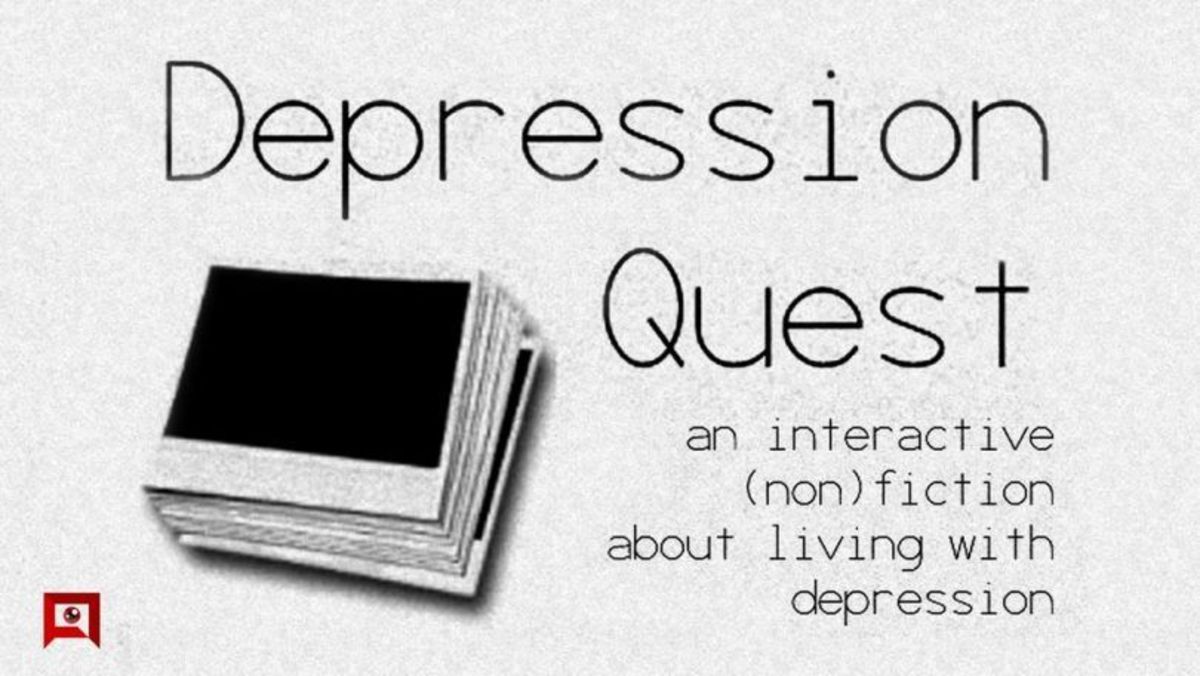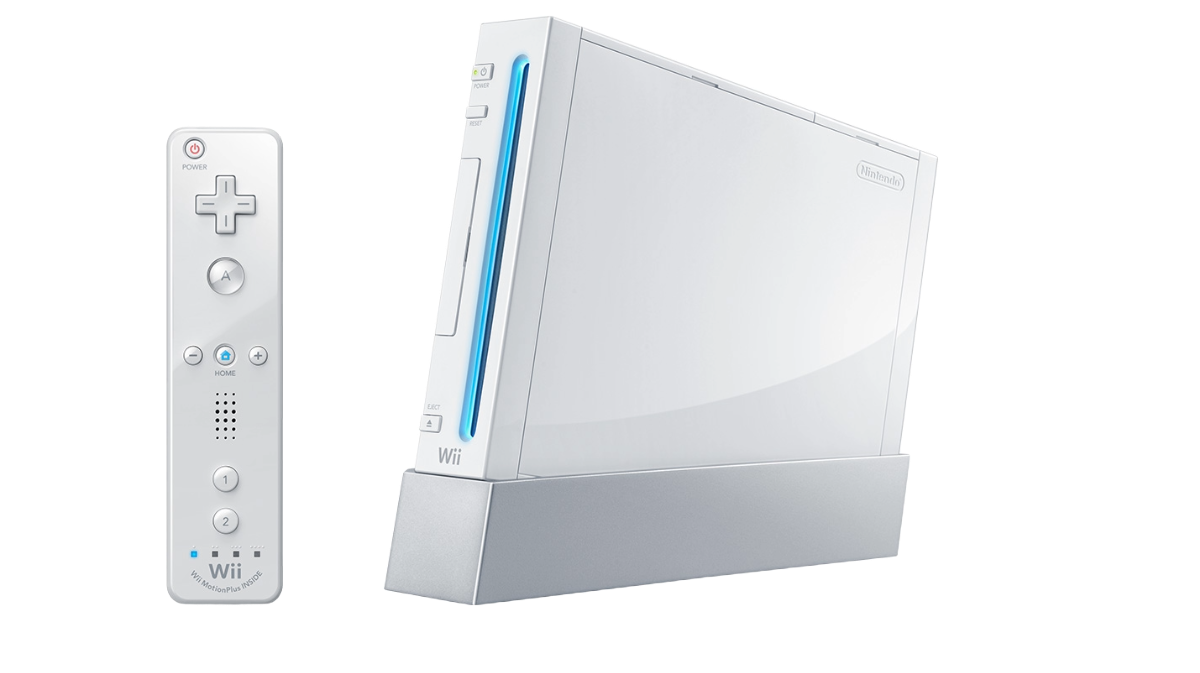- HubPages»
- Games, Toys, and Hobbies»
- Computer & Video Games»
- Video Game Consoles
Nintendo Mistakes over the Years
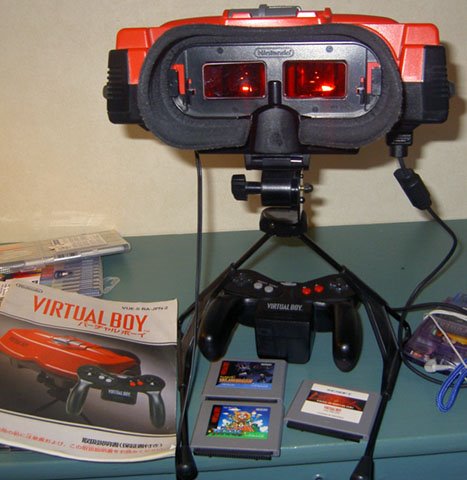
It is becoming quite clear that Nintendo is beginning to lose it's market share in the video gaming industry. It makes sense, when you compare Nintendo to it's two largest competitors: Sony and Microsoft. Nintendo has been in the video game industry for a significantly longer time, and there is no doubt that this should have been an advantage to the video gaming giant. But everything from monopolistic practices to actually playing a part in creating their biggest competitor has all contributed to Nintendo's steady decline. Let's walk through memory lane for a little bit.
Virtual Boy
There are a million lists of Nintendo mistakes, gaffes, and screw-ups over the years, and this is on all of them. If Nintendo were in the soft drink industry, the Virtual Boy could be compared to Crystal Pepsi or Coca-Cola changing it's recipe after 93 years. Where to begin?
- Colors: I mean, it was fun to play old school Game Boy games in just green and black, but the constant red and black was painful on the eyes and this system was supposed to compete with Game Gear, which had a fairly large color pallet.
- "Virtual": When you think "Virtual" you think of stunning 3D effects. This was a flat image on a flat screen, right in front of your eyes. I'm pretty sure that's actually going to do some serious damage your eyes.
- Weak Line-up: Really, one can only play "Mario Tennis" so many times before going insane, and quite frankly, I liked Mario tennis for the 64 much better.
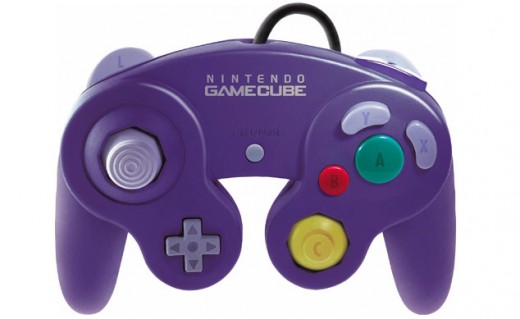
The Game Cube Contoller
The gamecube is also on most lists. However, I think that's a little unfair. The Gamecube had a lot of potential: It was inexpensive compared to the Playstation2 and Xbox. It was more powerful, and had some games that were great for replayability. The trouble? You pretty much needed three thumbs on your right hand to play any games. The flagship games would have been very fun on Game Cube: Mario Kart, Mario Party, Zelda, and other Nintendo franchises would have been great, and did sell very well. But 3rd party games? NBA Street was virtually impossible to play, as was Mortal Kombat: Deadly Alliance.
This could have waited until hardcore gamers had evolved those extra thumbs. And if Nintendo's trying to target casual gamers and families, well sorry. The average family expects to be able to play their games.
The Starting Line-up
The games that have been available to Nintendo at system launches have plagued them ever since the N64 days. Even the new 3DS handheld console has few noteworthy games. A rerelease of Zelda: Ocarina of Time, a few racing games, like Ridge Racer, and Street Fighter IV 3D are alright, I guess. But historically, Nintendo launches contain several Mario themed games, and little else.
Nintendo has been having quite a bit of trouble with third-party developers and relies too much on games that they developed themselves during launch. At least this time, Nintendo is throwing a bone to persons who purchased a 3DS shortly after launch by providing some free games via DLC (downloadable content). While most will be emulations of old NES games that will be purchasable to everyone else via the Nintendo eShop, there will also be ten Game Boy Advance games that will be free exclusively to 3DS owners who purchased games before the 3DS price drop occurred, including a Mariokart game.
Muscling the Third Party Developers
Nintendo has never been the most developer-friendly company, and this is well known. For a third-party developer to put games on the original NES system, they had to jump through some rigorous hoops.
First, they had to buy the cartridges from Nintendo before they even developed the game. And they had to purchase them in units of 10,000. Then, Nintendo had to take a look at the game and could still veto distribution rights for any reason after the developer had already made 10,000 copies of the game. Then the developer had to sign a contract saying they would not release the game on any other platform for at least two years.
This killed many third-party developers. Square - which is most famous for the Final Fantasy franchise of games - was almost bankrupt at the time Sony came in, and in fact would have likely filed for bankruptcy had Sony not purchased shares in Squaresoft. This allowed Square to eventually recover, buy back it's shares from Sony and start developing for multiple platforms again. The merger with it's greatest competitor, Enix, also helped too. When Sony came along, developers were grateful for an alternative.
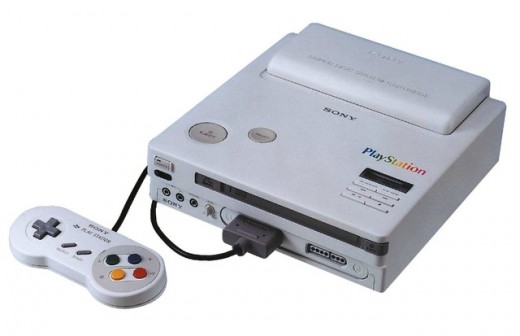
Throwing Sony Under the Bus
Sony signed a contract with Nintendo back in 1988 to develop multimedia platforms - notably a disk drive for the NES and Super Nintendo. As technology grew, this eventually led to Project "Play Station" - a connection to the NES/Super NES to play CD-ROM games.
The trouble? Sony did to Nintendo what Nintendo had been doing to developers for years: The contract allowed Sony full control over any CD-ROM titles that Nintendo published. That included first-party titles such as Mario. Nintendo, having become quite used to having total contol over evrything, was obviously displeased.
So in 1991 at the Consumer Electronics Show, Sony announced that they were working with Nintendo to develop the Play Station for CD-ROM, to play games "powered by Nintendo." The very next day, Nintendo had announced that they were indeed working on a CD-ROM system. But the Nintendo announcement stated that it was in partnership with Phillips - NOT Sony.
Apparently, Nintendo had been in talks with Phillips behind Sony's back for some time, and Nintendo didn't even bother to call off the Sony contract before the announcement. In a short period of time, Nintendo also canned the Phillips contract - after all, selling cartridges to developers was a bigger profit-maker than CD-ROMs, Phillips continued to develop a CDi system that flopped, and Sony created the PlayStation. In essence, Nintendo created one of their biggest competitors - and in a highly contoversial fashion. After all, how often is it that a Japanese company turns its back on another Japanese company for a foreign one?

